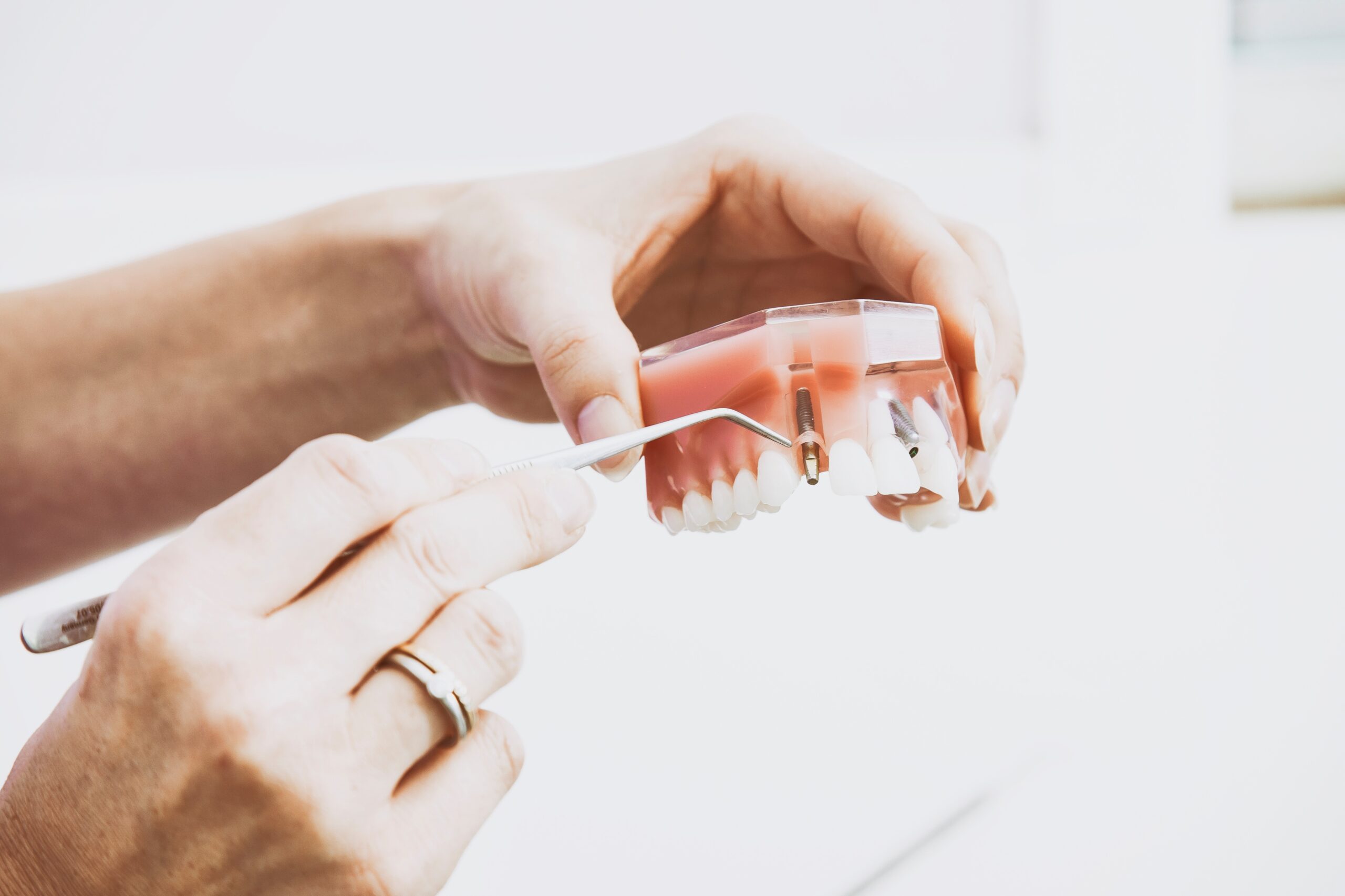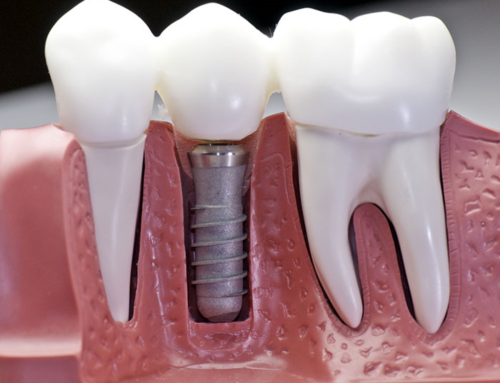If you are scheduled to undergo a dental implant procedure or are considering dental implants, you may be wondering what to expect. While the process may seem intimidating, it’s actually a relatively simple procedure that requires minimal downtime and results in little to no pain. Below is an outline of what to expect during a dental implant procedure.
If the dental implant will be replacing a damaged tooth, an extraction will need to be performed prior to the implant procedure. You will then need to wait 2-3 months for the gums to heal before the implant can be placed. If the damaged tooth has an active infection, that will also need to be cleared up ahead of time. In the event the tooth being removed is a baby tooth (some adults are born without adult teeth to push the baby teeth out) the extraction and implant can often be completed in the same day due to baby teeth having a shallower root system.
If the jawbone is not strong enough to support an implant, a bone graft needs to be completed. This may include relocating bone from another part of the body (hips, legs, or ribs), using bone from a cadaver, or using a synthetic bone-substitute material. For larger procedures, the bone graft will have to heal for several months before the implant can be placed, however minor grafting procedures may be completed on the same day as the implant.
On the day of the implant procedure, the patient will be given a local anesthesia to numb the area. For patients who are anxious about dental procedures, a sedative may be administered to make the procedure more tolerable.
Once the anesthesia kicks in, the dentist will make an incision in the gums to expose the bone. They will then use a drill to make a hole in the bone where the implant post will be placed. While the implant is initially placed using an electric drill, the tightening is finished off with a custom wrench that is manually operated.
During the process, the dentist will take x-rays to ensure the implant is in the correct positioning including angles and depth. If all looks good, the dentist continues to the next steps.
After the procedure, you may experience mild swelling, bruising, bleeding, and pain. Patients will be instructed to consume soft foods and avoid chewing in the implant area for a limited time. Over the counter pain relievers can be taken to alleviate the pain. While discomfort only lasts a day or so, full healing will take 3-6 months.
In about 3-6 months, you will have a follow-up appointment with your dentist to confirm that the implant has healed. Once the implant is fully healed, a crown is placed as the cap on the implant. This requires 2 more appointments. One appointment for the dentist to design the crown to match your other teeth and a second appointment to place the crown.




